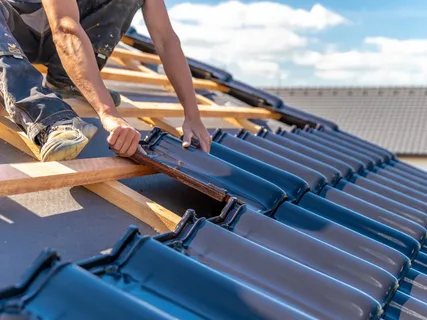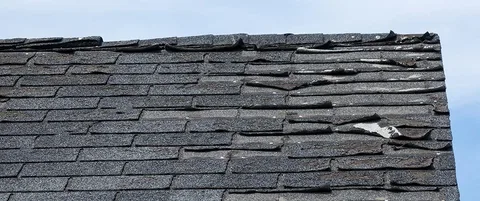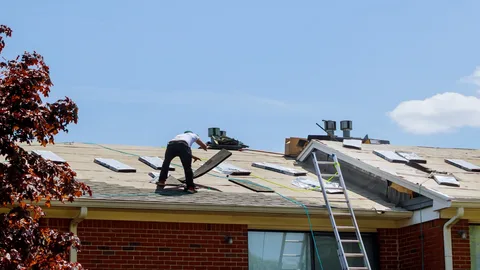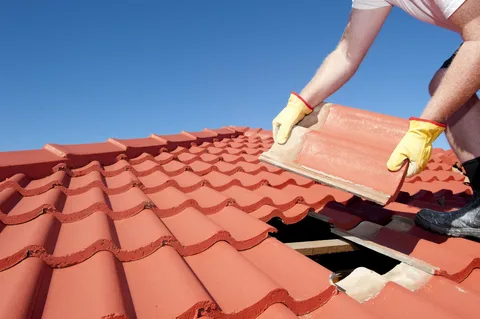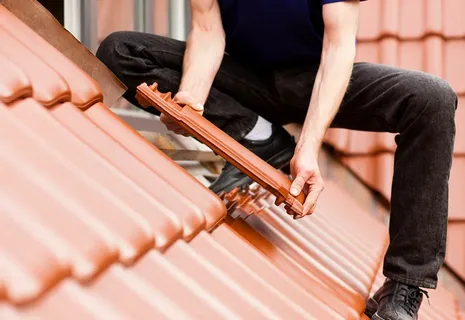Planning a roof replacement? Learn about the hidden costs, from unexpected repairs to upgrades, and make sure you’re fully prepared for the project without any surprises.
Replacing a roof is an essential task for homeowners who want to maintain the safety and value of their homes. While it’s an investment that pays off in the long run, the cost of a roof replacement often comes with a few hidden surprises. Many homeowners focus only on the price of the roofing materials and installation, but the real costs can extend far beyond that. To help you prepare for your upcoming roof replacement project, it’s important to understand the hidden expenses that can sneak up on you. Here’s what to watch out for.
Structural Damage You Might Not Expect
One of the most common unexpected costs during a roof replacement is structural damage that isn’t visible on the surface. When the roofing material is stripped away, contractors may uncover issues like rotting wood, water damage, or weakened roof decking that need to be addressed before the new roof can be installed. This additional work can increase both the time and cost of the project, and it’s important to plan for these potential repairs.
To avoid surprises, it’s a good idea to ask your roofing contractor for a thorough inspection before starting the replacement. If they spot any signs of damage early, you’ll have a clearer picture of what repairs are necessary and can factor that into your budget.
The Cost of Upgrades for Code Compliance
Building codes are updated regularly to ensure that homes are built to withstand the elements and maintain safety standards. Your current roof may have been installed to older standards, meaning it could fall short of today’s regulations. If your home’s roof doesn’t meet current codes, your contractor may need to make upgrades, such as adding additional insulation, improving flashing, or installing better ventilation systems.
While these upgrades are important for the safety and energy efficiency of your home, they also come with added costs. Before committing to a roof replacement, ask your contractor if any upgrades will be required to bring your roof up to code. Being aware of these potential expenses beforehand will help you plan your budget more effectively.
Removing Old Roofing Materials
Another hidden cost that many homeowners don’t anticipate is the expense of removing old roofing materials. The process of tearing off old shingles or tiles can take longer than expected, especially if the roof has multiple layers or if the roofing material is difficult to remove. In some cases, older roofing materials, such as asbestos, may require special handling and disposal, which adds to the overall cost.
Before your roof replacement begins, clarify with your contractor whether removal and disposal of old roofing materials are included in the initial estimate. If not, request an estimate for this service, as it can vary depending on the size of the roof and the materials involved.
Permits and Inspection Fees
Roof replacements typically require permits and inspections, which can come with additional fees. Local governments often require homeowners to obtain a permit before starting any significant work on their roof. Furthermore, depending on the complexity of the project, your roof may need to be inspected to ensure it meets local building codes. These costs can add up quickly, and they may not be included in the initial price provided by the contractor.
It’s important to check with your contractor whether permit and inspection fees are included in the estimate. If they aren’t, ask for a breakdown of these costs so that you can plan ahead.
Choosing the Right Roofing Materials
The type of roofing material you choose will significantly impact the overall cost of your roof replacement. Asphalt shingles are typically the most affordable option, but if you opt for higher-end materials such as metal, slate, or tile, you’ll see a noticeable increase in the cost. Premium materials may also require additional labor for installation, further increasing your budget.
When considering roofing materials, think about the long-term benefits, such as durability, energy efficiency, and maintenance costs. While premium materials may cost more upfront, they can provide savings over time in terms of lower energy bills and fewer repairs. Make sure to ask your contractor about different materials and their associated costs before making a decision.
Ventilation and Insulation Considerations
During a roof replacement, it’s also a good time to address any ventilation or insulation issues in your attic. Poor ventilation can lead to problems such as ice dams, mold growth, or excessive heat buildup, which can shorten the lifespan of your new roof. Similarly, inadequate insulation can affect your home’s energy efficiency, leading to higher heating and cooling costs.
Upgrading your attic’s ventilation or adding insulation to improve energy efficiency is an added cost that many homeowners don’t factor into their roof replacement budget. However, these improvements can enhance the overall performance of your home and prevent costly issues down the line.
Warranties and Insurance
After your roof replacement, you’ll likely be offered a warranty for the new roof. While the standard warranty typically covers materials and labor for a limited time, you may be offered extended warranties for additional protection. Extended warranties, however, come with extra costs and may not always be necessary depending on the quality of the materials and the reputation of the contractor.
Additionally, you should check with your insurance provider to ensure that the new roof doesn’t affect your premiums. Some types of roofing materials, particularly higher-end options, may increase your insurance costs, so it’s important to factor this into your overall budget.
Clean-Up and Disposal
Once the roof replacement is complete, you’ll have a significant amount of debris left behind, including old shingles, nails, and other materials. Some contractors include clean-up and disposal in their pricing, but others may charge extra for this service. Make sure you understand whether these costs are included in the original quote or if they’ll be an additional expense.
Choosing a contractor that includes clean-up in their pricing will save you time and effort in dealing with the mess after the project is finished.
Conclusion
While a roof replacement is a necessary investment for any homeowner, it’s essential to consider the hidden costs that can arise during the process. From structural repairs to upgrades for code compliance, the costs of a new roof can add up quickly. By working with a trusted contractor, like All American Roofing, and being aware of these potential expenses, you can better prepare yourself for the full scope of the project. This will ensure that your roof replacement goes smoothly and stays within your budget.
FAQS
1. What are the most common hidden costs of roof replacement?
Common hidden costs include structural repairs, code upgrades, old material removal, and additional permit or inspection fees. These costs can add up quickly if not anticipated.
2. How can I avoid unexpected costs during my roof replacement?
Schedule a thorough roof inspection to assess hidden issues, and ensure all services, like material removal and upgrades, are included in the estimate.
3. Will my insurance premiums increase after a roof replacement?
Insurance premiums may increase depending on the materials used. Contact your insurer to check for any potential changes or discounts for energy-efficient options.
4. Are permits and inspections necessary for a roof replacement?
Yes, permits and inspections are typically required to ensure the work meets local codes. Your contractor will help guide you through this process.
5. What roofing materials should I choose to minimize costs?
Asphalt shingles are the most affordable option, but metal or slate materials offer long-term durability and energy efficiency. Choose based on both initial and future costs.


